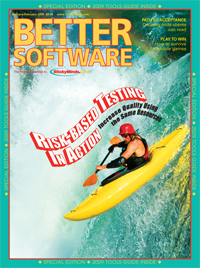Some schedule games—Split Focus and Pants on Fire—are the result of your management not making certain decisions about the project portfolio. Without those decisions, your project has problems. In this column, Johanna Rothman explains what you can do when the problems on your project are caused by your management’s lack of decision making.



